Community Care Policy Brief: Environmental Health and Policy Issues
VerifiedAdded on 2022/08/21
|5
|1201
|15
Report
AI Summary
This policy brief examines the impact of environmental changes, specifically smog caused by climatic conditions, on the health of the African American community in the United States. The brief highlights the increasing levels of pollutants due to technological advancements and automobiles, leading to respiratory, eye, and mental health issues. It identifies the lack of adequate health insurance coverage and the failure of policies to address the specific needs of this minority group as major health policy issues. The report details the socioeconomic, environmental, and living condition factors contributing to these health problems, emphasizing the disproportionate impact on the African American community. The policy brief proposes a multi-faceted solution, starting with government audits of existing health and social care policies, followed by staff training and skill development. It also suggests policy revisions to address the community's needs and collaboration with community workers to improve living conditions. The brief concludes by discussing the expected positive impacts of these policy changes, including improved health outcomes and financial satisfaction within the community, as well as the importance of culturally competent communication in policy implementation.
1 out of 5
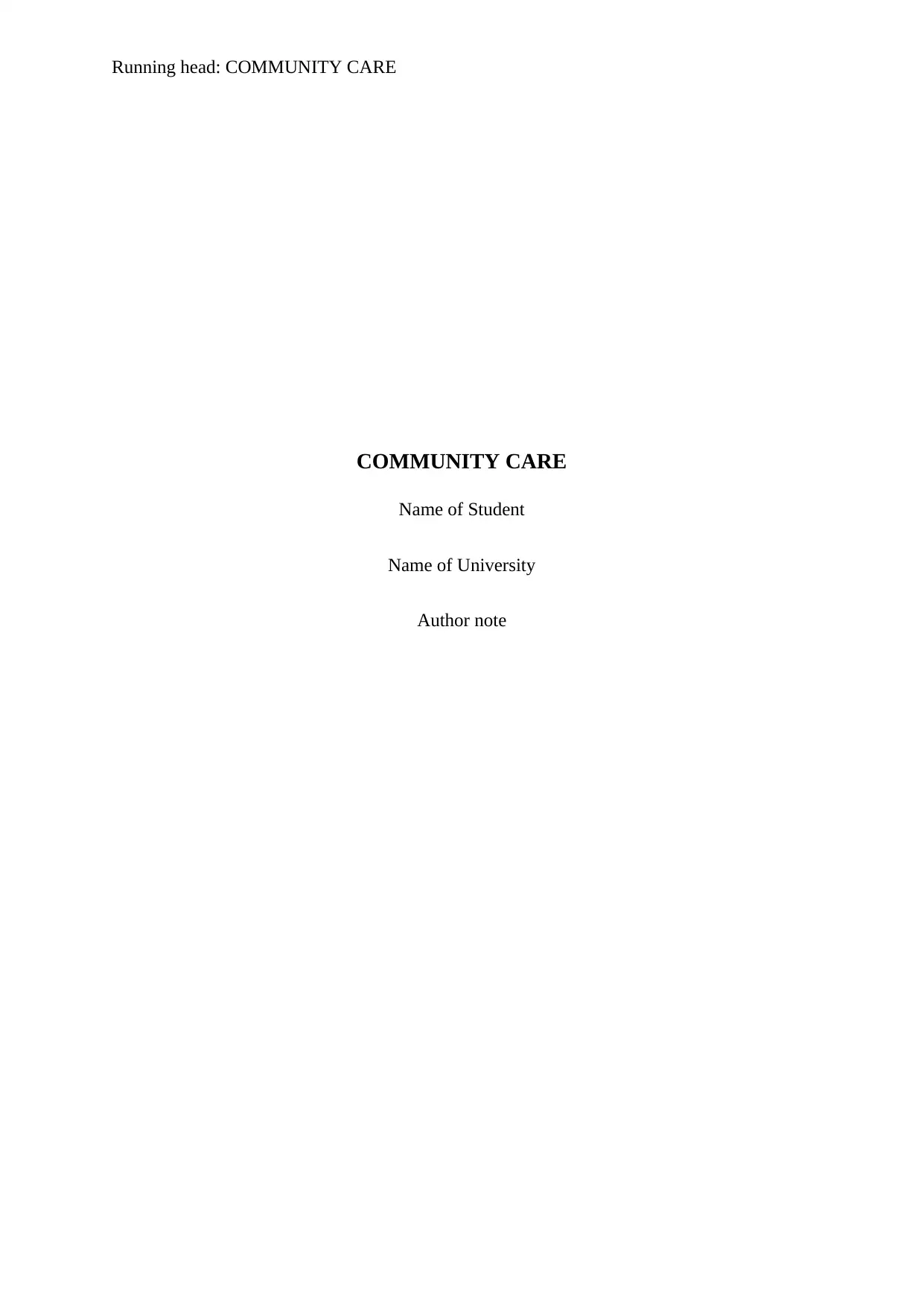
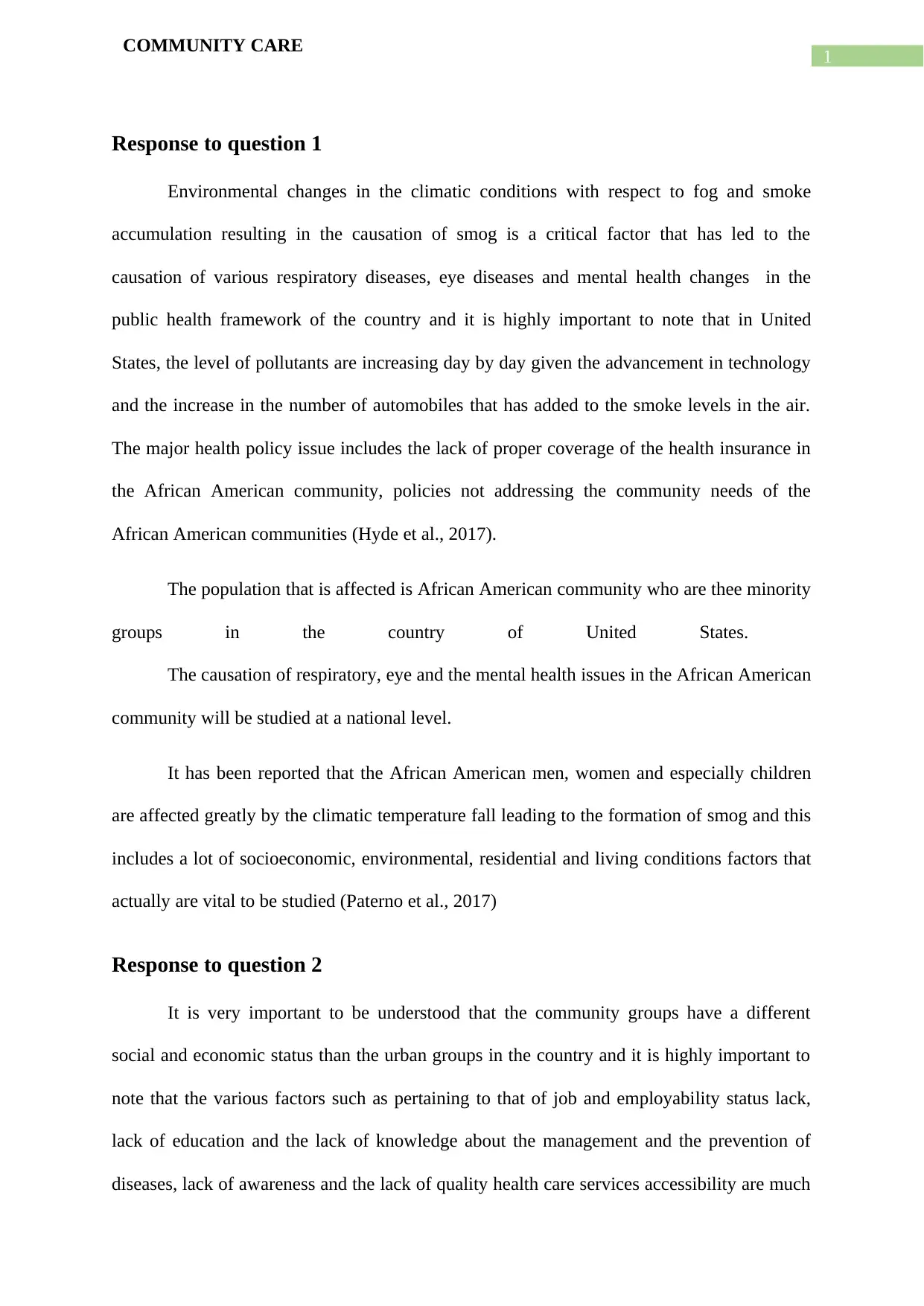
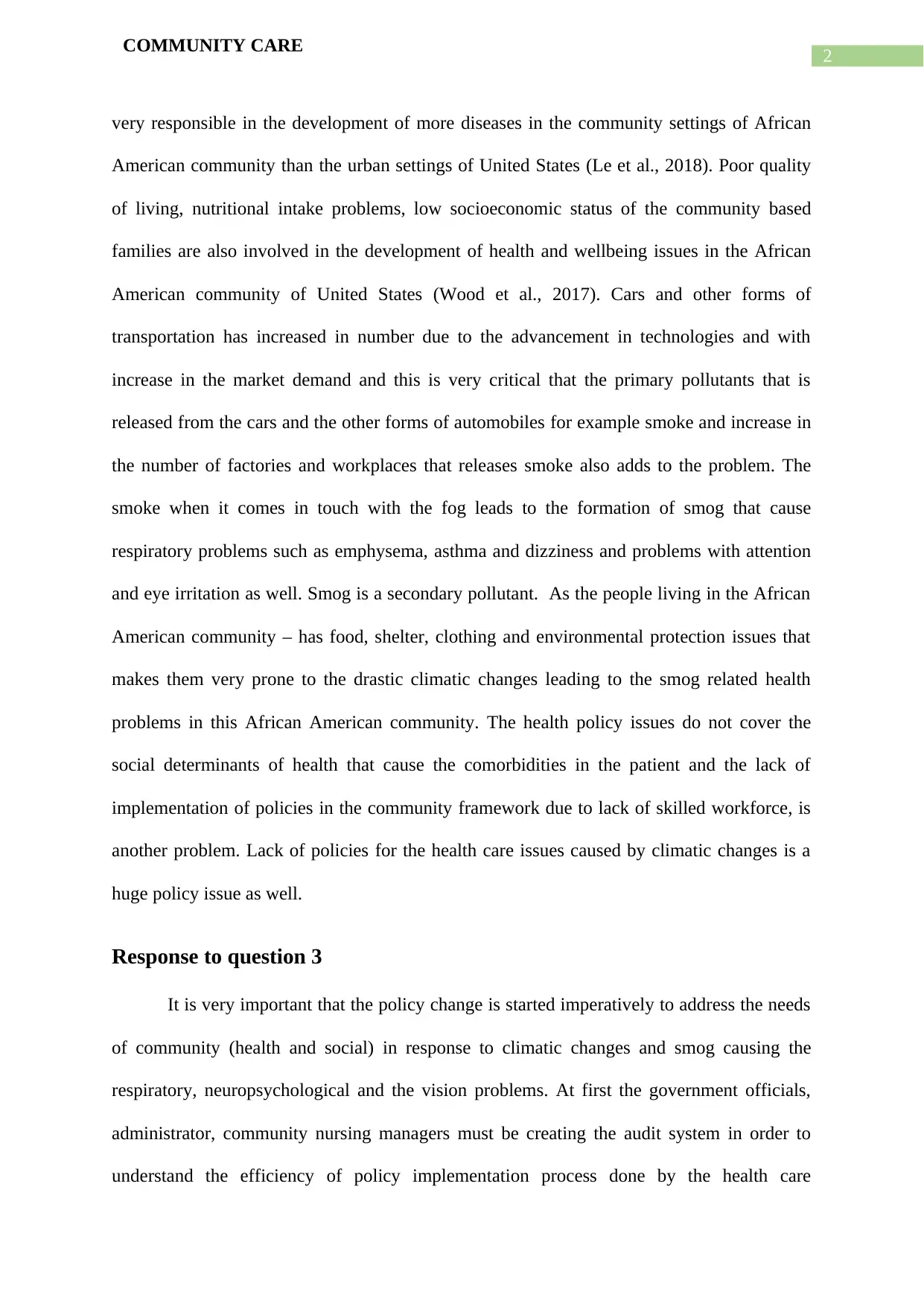

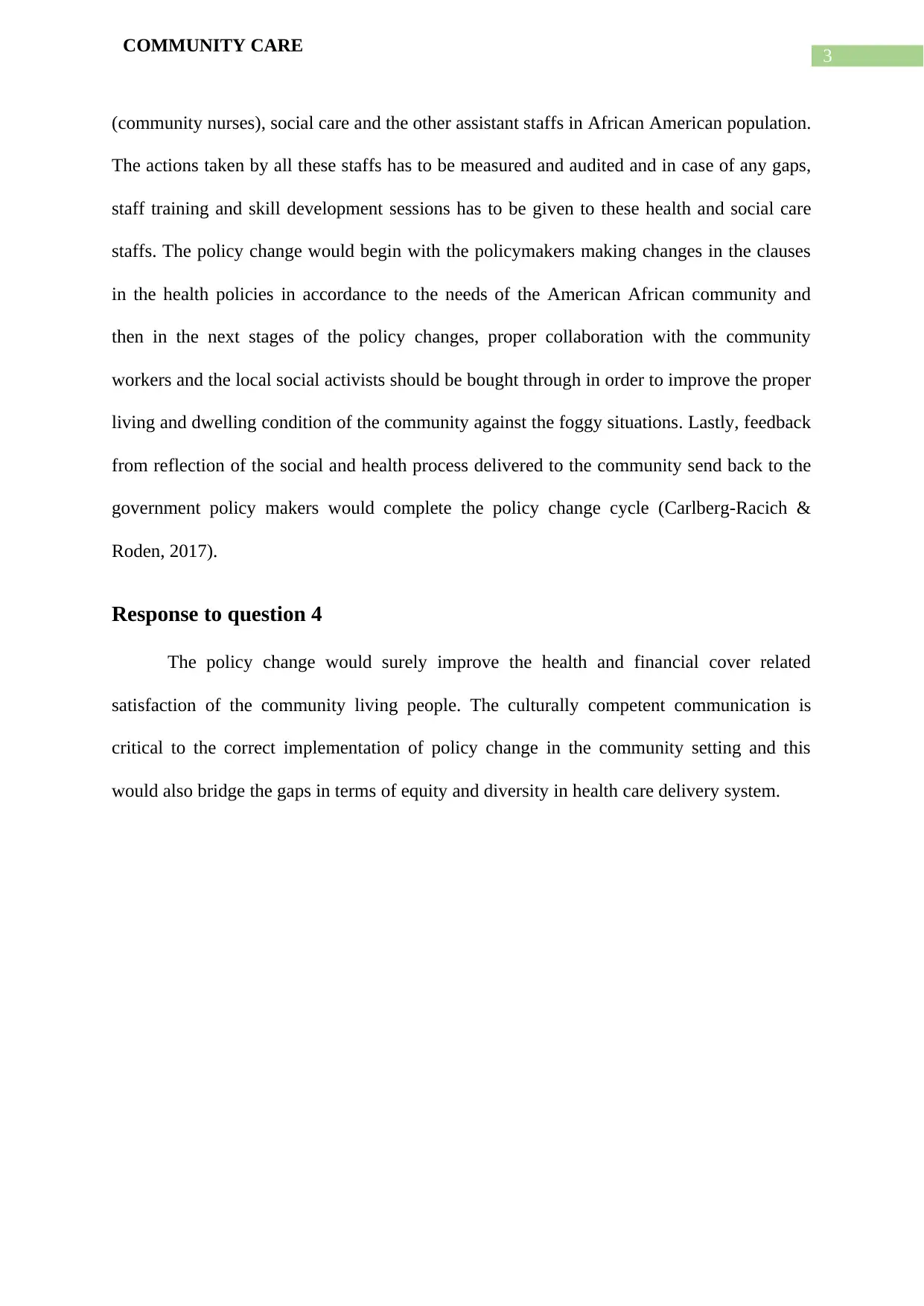
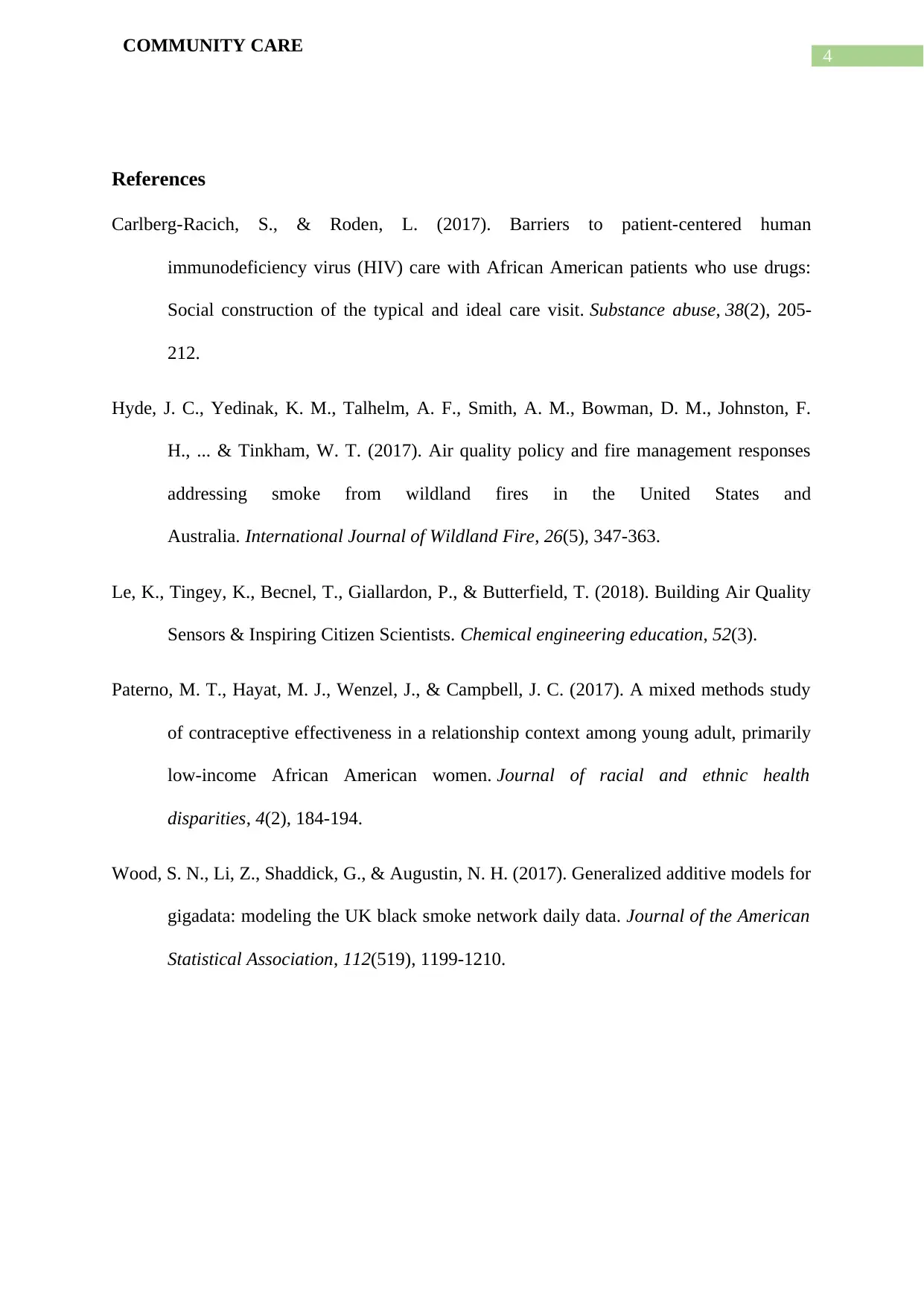






![[object Object]](/_next/static/media/star-bottom.7253800d.svg)